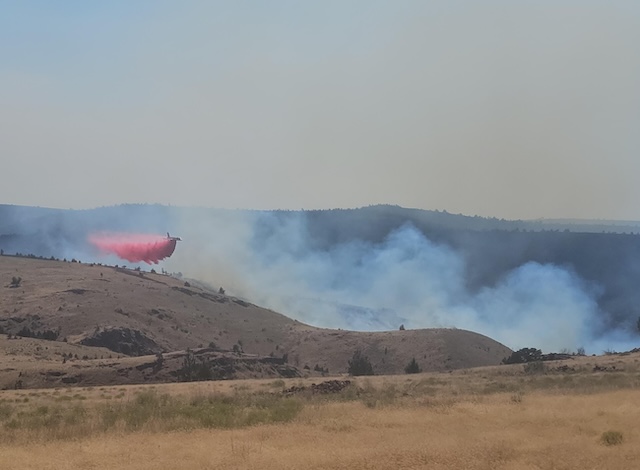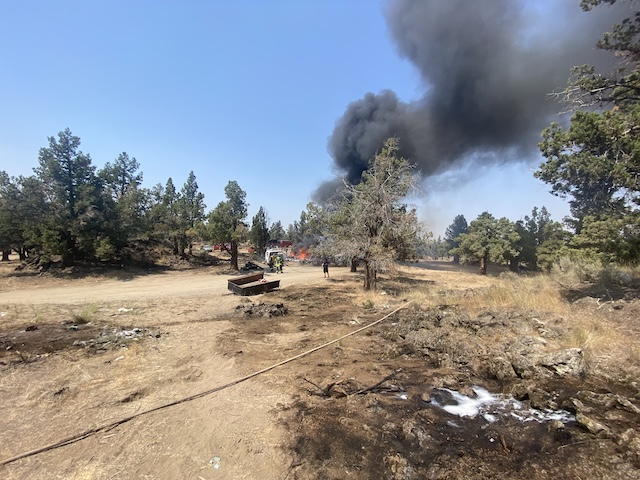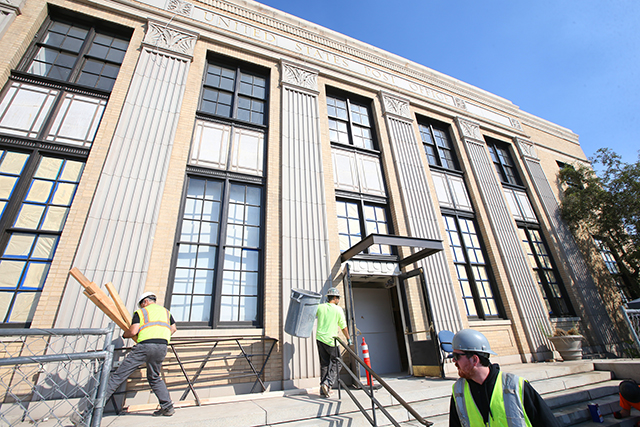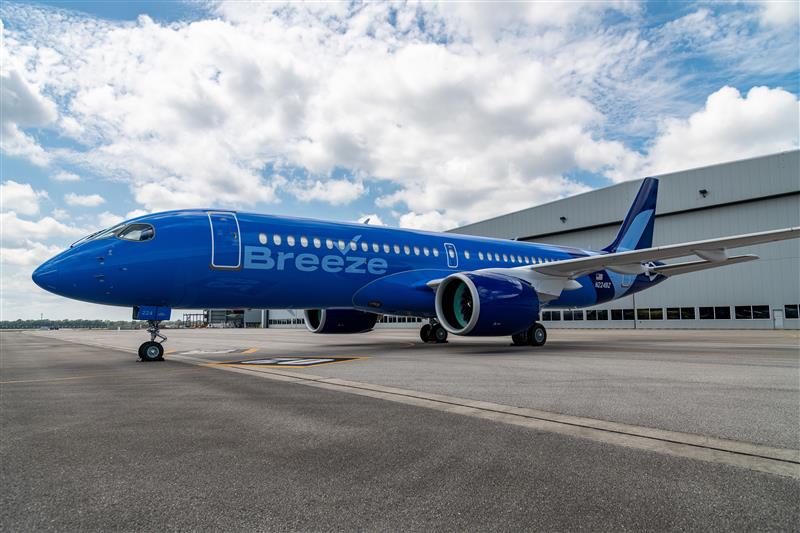Snowrider gift guide
Published 4:00 am Friday, December 17, 2010

- The Giro Seam Helmet (left, $160) and the Smith Drop In Audio Twin (right, $60). (Provided by Powder House).
Shopping for a new pair of skis or a snowboard as a Christmas gift is not an easy task.
Does the snowboarder on your list want a powder board or a freestyle board? Does the skier want all-mountain skis, powder skis, or carving skis?
Trending
Because this is so hard to figure out — not to mention expensive — we’ll start with the stocking stuffers, of which there are endless possibilities for snowriders. And we’ll get to the technical stuff a bit later.
Stocking stuffers
Keeping your face properly covered can be all-important on a wind-ravaged mountain like Mount Bachelor. BlackStrap is a local company that makes face gear ($20.95) and under-helmet hoods with a breathable, wicking fabric. These products are available in a wide variety of colors, including tie-dye patterns.
Goggles are another crucial piece of equipment for skiers and snowboarders. They also come in a broad range of brands and styles — and prices.
“You can spend $20 to $200 (on goggles),” says Shanda McGee, co-owner of the Powder House in Bend.
McGee adds that those who ski just a few days each season or only during the spring can get by with cheaper goggles. But for those who ski or ride the mountain hard all season, she says, “that just won’t work.”
Trending
“Some people try to get away with sunglasses, and it’s impossible (in the winter),” McGee notes. “It’s horrible on your eyes.”
Oakley offers some of the more high-end goggles available. Many snowriders will purchase Oakley goggles as well as two or three different lenses to switch in and out. The JP Auclair Oakley goggles (named for the Canadian freestyle skier) are $135.
Socks are also important to snowriders, and they fit well deep inside a Christmas stocking. Socks with cushion and moisture-wicking fabric (such as SmartWool socks, $21.95) will help feet stay drier longer and provide protection and durability, according to McGee. They can be used for hiking as well.
Helmets have become so common on the slopes that skiers and snowboarders now tend to stand out if they are not wearing one. Many of the best helmets cost more than $100. The Giro Seam Helmet, for example, is $160.
But I guess it is a small price to pay for avoiding a serious head injury.
Besides protecting snowriders’ heads, many helmets now feature earphone compatibility. The Smith Drop In Audio Twin ($60) set of earphones that fit nicely under the ear pads of most new Smith or Giro helmets. The earphones connect by wire to an MP3 player, allowing skiers and boarders to listen to their favorite music as they enjoy a day on the slopes.
A few stocking-stuffer possibilities are unique to snowboarders. Dakine stomp pads ($8 to $10) can be placed between bindings to make it easier for snowboarders to get on and off the lift. The pad provides a tacky spot where boarders can place their unstrapped back foot as they “skate” when loading onto or unloading from a chairlift.
“The stomp pads make it so your foot doesn’t slip off the board when you’re skating,” says Katie Patterson, owner of Aspect board shop in Bend.
Another snowboarder-unique gift idea is a pair of Dakine wrist guards ($20), which fit under gloves and protect a snowboarders’ wrists when they extend their arms to brake a fall on the slopes. Wrist injuries are the most common in snowboarding.
Finally, gift certificates for waxing and tuning of skis and snowboards are always an easy option. A typical wax job costs about $15, while a full base-grind and repairs service runs about $50 at most shops in Central Oregon.
Skis
All-mountain skis have become hot sellers over the last few years because many skiers want one pair of skis that can handle any type of snow: powder, groomed, or otherwise.
Carving skis are too skinny for powder, and powder skis are too fat for groomed snow.
“With a powder ski, you will have much better flotation and control,” says Todd McGee, co-owner of the Powder House. “In deep powder, they’ll make you feel like a hero. But then on groomed runs, it’s not so easy. They’re not made for turning on groomed runs.”
All-mountain ski options include the Volkl Mantra ($825) and the Atomic Access ($630).
The Access skis are more of an all-mountain AND powder ski, according to McGee, but the Mantras work well in powder, too.
The Nordica Nemesis ($900) are women’s skis made for both all-mountain and powder. Women’s skis feature softer flexing because women are typically lighter in weight than men, McGee explains.
Both the Access and the Nemesis skis feature “rocker” technology, in which the tip and tail of the ski rise up at an angle to provide more flotation in powder.
Snowboards
Snowboards, like skis, are available in myriad styles these days. Perhaps the simplest way to break them down is into two groups: directional boards and twin boards.
Directional boards are designed for all-mountain and powder, while twin boards are designed for features in terrain parks, such as jumps, halfpipe, and rails.
“Powder boards are longer, shaped different with a different flex,” Aspect’s Patterson says. “Park boards are soft so you can poke stuff out and do tricks.”
The Salomon Sick Stick ($599.95) includes a tapered tail, which helps it sink into powder.
Made for terrain parks and halfpipe, the Arbor Draft ($395) has a softer flex and a twin shape.
But according to Patterson, many snowboards are made for anything on the mountain.
“You can have a park board that is stiffer that you can take on the whole mountain,” she says. “There’s always one thing people are more focused on. But there definitely are versions that are good for everything.”








